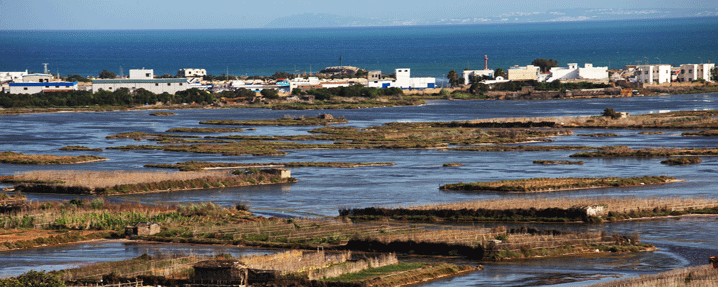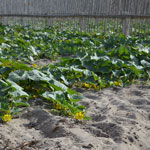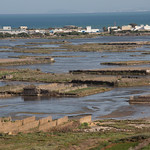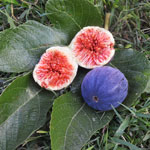Ramli agricultural system in the lagoons of Ghar El Melh, Tunisia
GIAHS since 2020

Ramli, ethymologically on sand, are agricultural practices that consist of growing crops on sandy substrates. These very singular gardens were created in the 17th century by the Andalusian diaspora to cope with the lack of cultivable land and fresh water.
The ingenious and, no doubt, unique practices are based on a passive irrigation system where the roots of the plants are fed in all seasons by the rainwater stored and floating on the surface of the sea water through the movements of the tides.
The knowledge and experience of the farmers allows them to maintain the lagoon plots through the precise supply of sand and organic matter to reach the right height allowing the roots to be irrigated by a fine fresh water lens and not be affected by salt water.
Story
Sowing seeds in Tunisian sands
Nature can transform itself from a foe to an ally. Farmers have known this for centuries and have learned to survive and produce food despite hot temperatures, little water and even lack of arable land. Under such circumstances, communities have translated their resilience and inventiveness into farming techniques that have endured the test of time and are part of the solution for a challenging future.
News
France 24: Tunisia 'sandy' farms resist drought, development
Farmers near a seaside lagoon in northern Tunisia are fighting to preserve a unique, traditional irrigation system that has sparked renewed interest as North Africa's water shortages intensify.
Tunisia’s unique farming systems win recognition as part of the global agricultural heritage
Tunisia's traditional Ramli agricultural systems in the lagoons of Ghar El Melh and its Hanging gardens from Djebba El Olia, have been recognized as Globally Important Agricultural Heritage Systems (GIAHS), a designation managed by the UN Food and Agriculture Organization (FAO). It is the second time Tunisian sites have won the GIAHS recognition, after Gafsa Oases in 2011.




